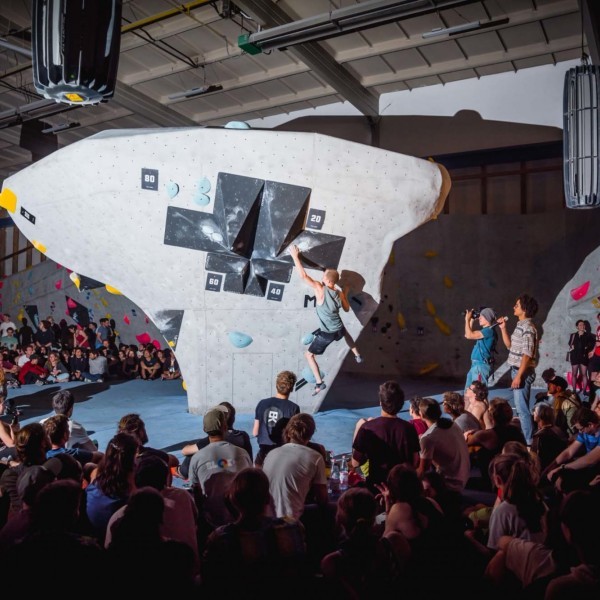Where people exercise, their breathing goes faster to bring more oxygen into their bodies. Anything in the air small enough to bypass the respiratory system's natural defenses also comes in with each breath. Those who exercise where the air quality is poor get a much bigger dose of pollutants into their system. This is one of the reasons why monitoring the air quality at the Seattle Bouldering Project was a serious case with serious researchers on board.
Advanced airborne particle monitoring
The air monitoring included the collection of discrete gravimetric samples and also the use of two light scattering photometers. This unique measuring equipment is monitors total airborne dust concentrations. However, the monitoring systems are able to measure the different sizes of Particulate Matter as well, which is an interesting addition. This in comparison to regular measuring equipment which commonly measures the overall concentration and reduction of dust in general.
Why (ultra-) fine dust isn’t just dust
Size matters! When you start to understand that PM10, PM2.5 and smaller particles (see figure 1) are the greatest threat to human health, you would take the extra mile to learn how to reduce its presence in your climbing environment or any other environment. PM10 can be breathed into the lungs and its health effects are more severe than larger visible particles. These small invisible particles are most unwelcome in the human system. Keep in mind that PM2.5 particles and smaller have free entrance into our bodies due to their tiny size. These invisible small particles are causing damage on a deeper level. Damage caused by particulate pollution of these sizes goes beyond the respiratory system. It's possible for these tiny particles to enter the bloodstream and travel to other parts of the body, including the heart and brain. Ultra-fine particles like viruses tend to travel on larger particles present in the environment. To keep those harmful particles at bay it is wise to take action, right where it matters most.
The result
Depending on the design and operation, PMX has according to the results a high collection efficiency, nearing 100 percent for particles ranging in the size from about PM1.0 to PM10. However, there is a substantial reduction in collection efficiency for particles that are smaller than PM1 or larger than PM10. Which means, that PMX is capable of removing particles smaller than PM1 and less efficient when it comes to visible dust particles larger than PM10.
About the PMX
Our PMX systems were installed in the climbing gym, to help reduce airborne fine dust levels. Besides climbing gyms, the system is also operating in other facilities, like industrial environments. PMX targets on removing (ultra) fine particles through ionization technique, which cannot be removed through the sole use of conventional filtration. Unlike the vast majority of dust control systems that operate with mechanical ventilation, PMX does the job in total silence. The system is working with air currents available in a building. StaticAir’s PMX therefore works sustainable and cost efficient compared to the operating expense of a building ventilation system. PMX removes the most unhealthy tiny particles out of the environment.
Want to know more? We are happy to explain the benefits of a fast, easy and cost effective solution that can make the difference!
Contact us for advice on your specific situation.



